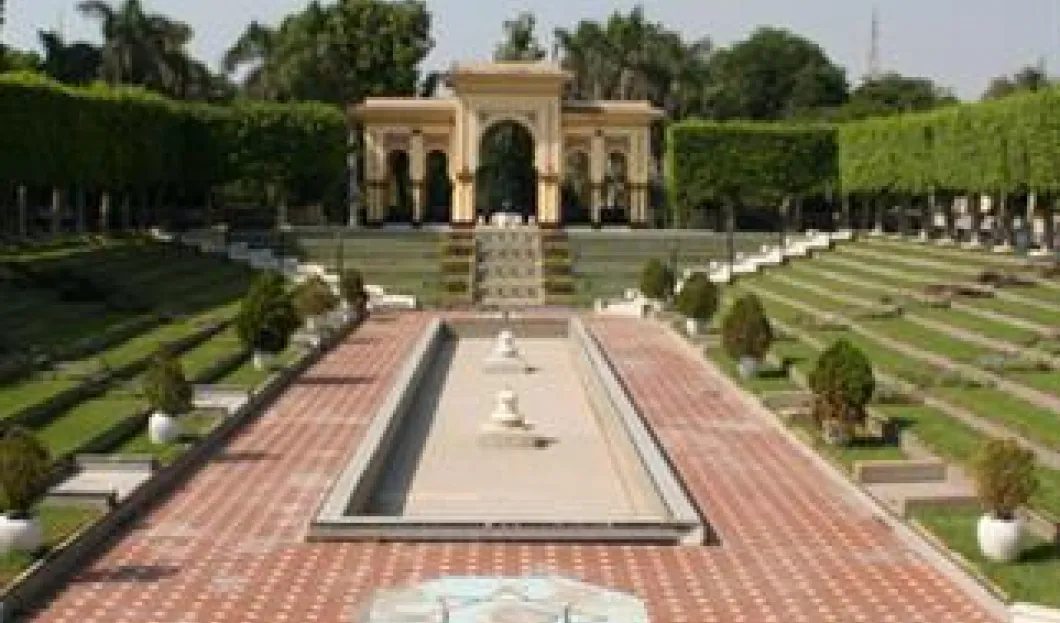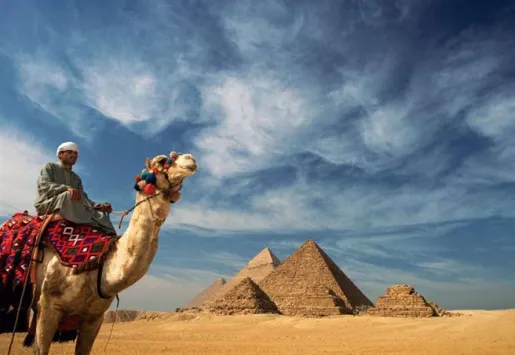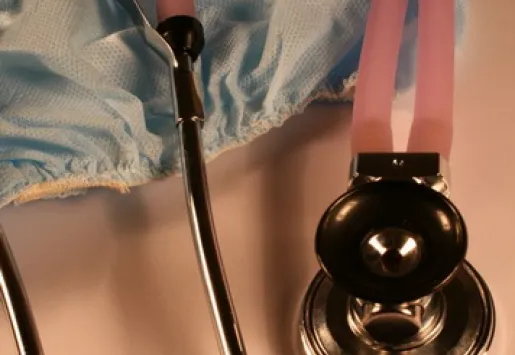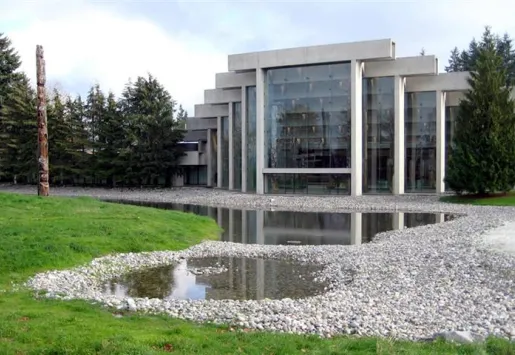
When the Agricultural Museum of Cairo first opened in 1930, it represented a tribute to Egypt’s major industry. However, eighty years on, the venue is in dire need of a make-over. And it is getting one.
Egypt’s history goes back thousands of years and throughout the millennia agriculture was one of the crucial sources of the country’s income and wealth. To commemorate the history and evolution of agriculture, the Agricultural Museum of Cairo was founded in 1930. Since then, the time has taken its toll and many parts of the museum as well as its artefacts need restoring. A new wing is being added and a maintenance project is currently under way.
The museum comprises of the Palace of Princess Fatima and gardened grounds which cover an area 5 times the size of all the buildings (100 000 square meters). A very popular hall is the ‘Museum of Bread’, so crucial for the Egyptians. Not only do visitors get to see how it is made, learn about the many kinds of local bread, but they may examine wax models of typical Egyptian meals as well as a display of preserved animals, or the slightly shocking inflated stomach of a cow.
Not all ten halls are accessible to the public. The Museum of Plant Wealth or the Arab Hall are drawing considerable attention. Visitors will also find displays of animal wealth, animal products and large taxidermy and insect collections. The museum carefully monitors the history of cotton, from its beginnings to production and manufacturing.
At the moment, the museum is sadly not in a great state and desperately needs maintenance works and restoration. Luckily, these are under way and thus an old-new museum shall hopefully open soon.

















